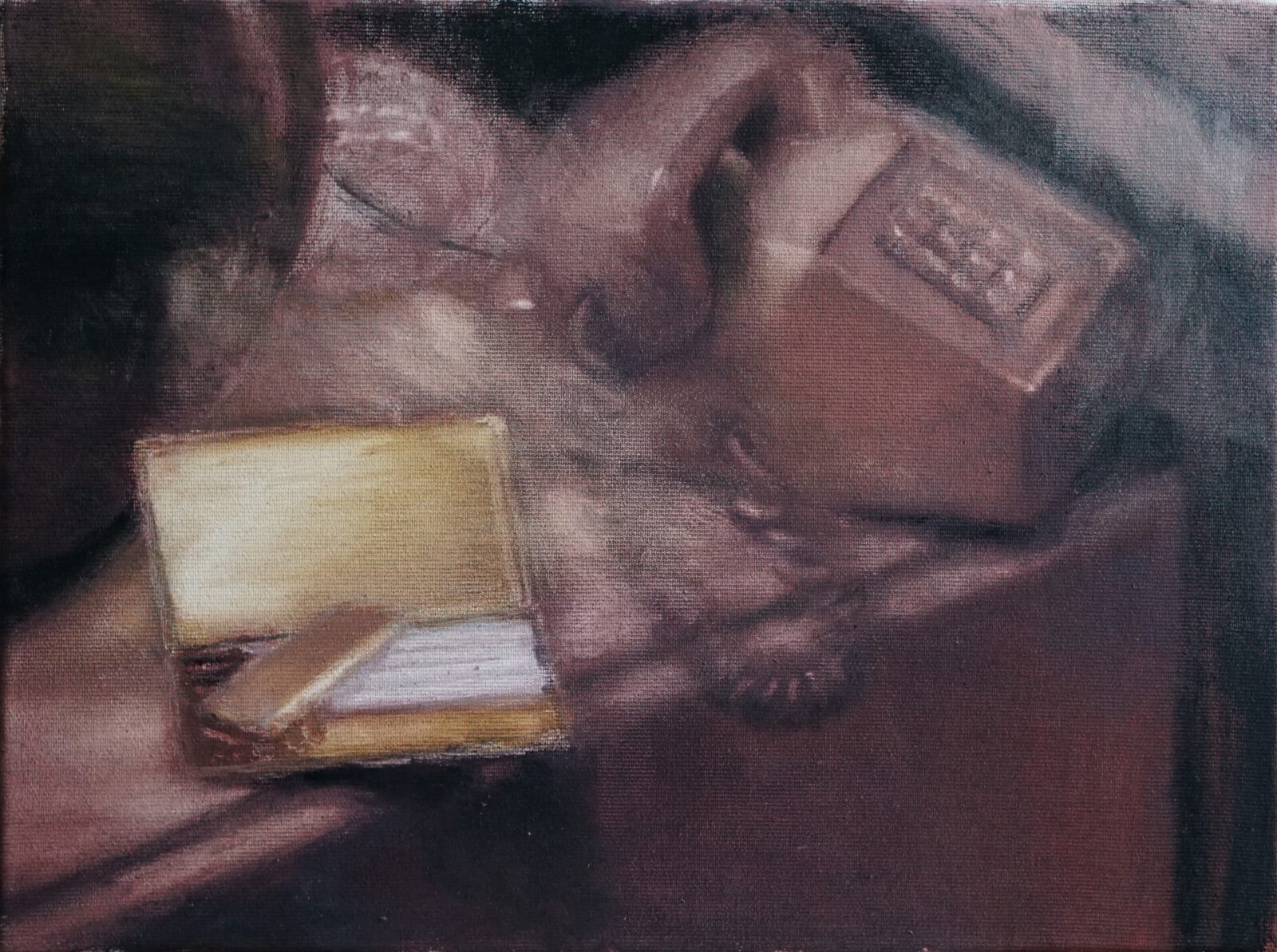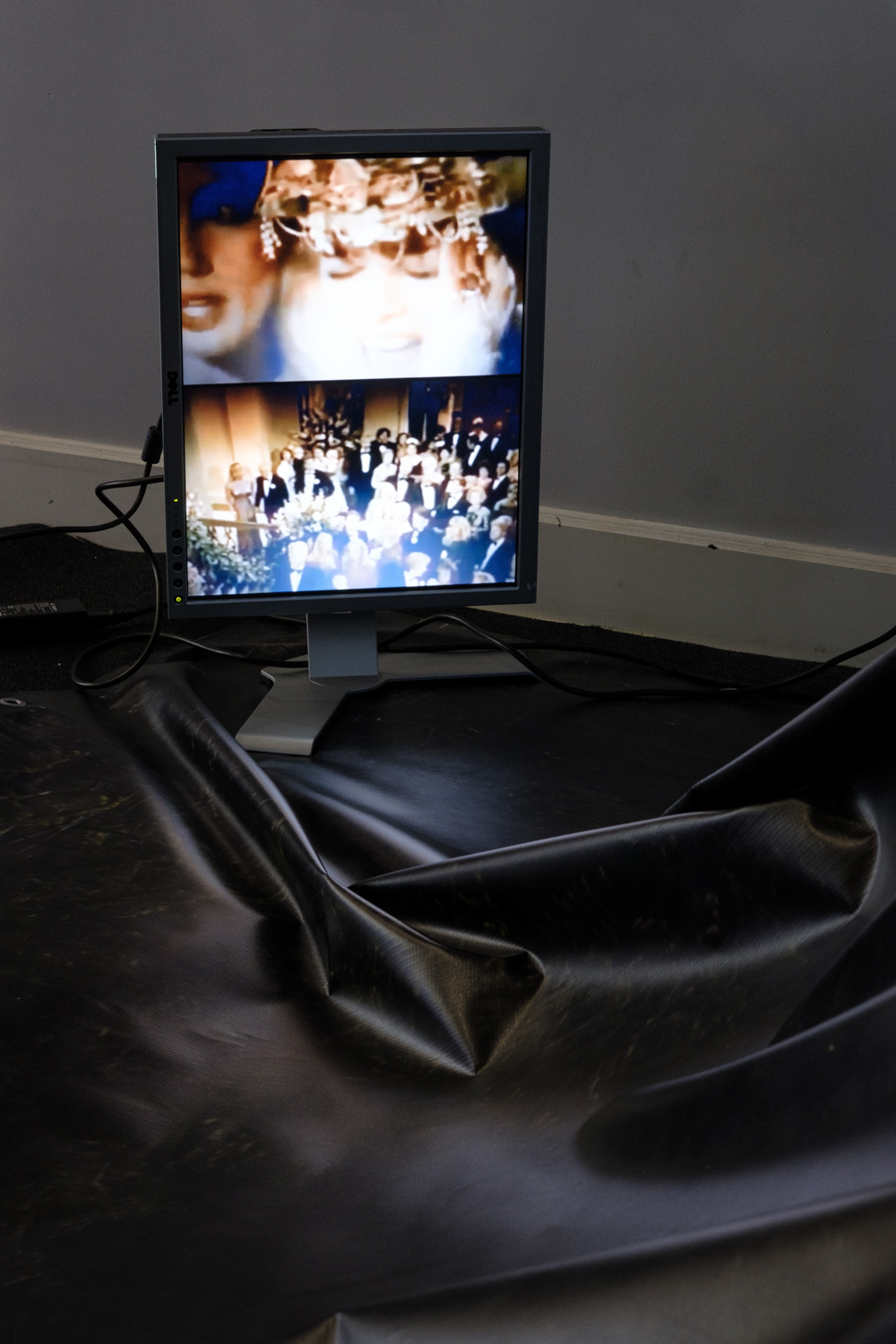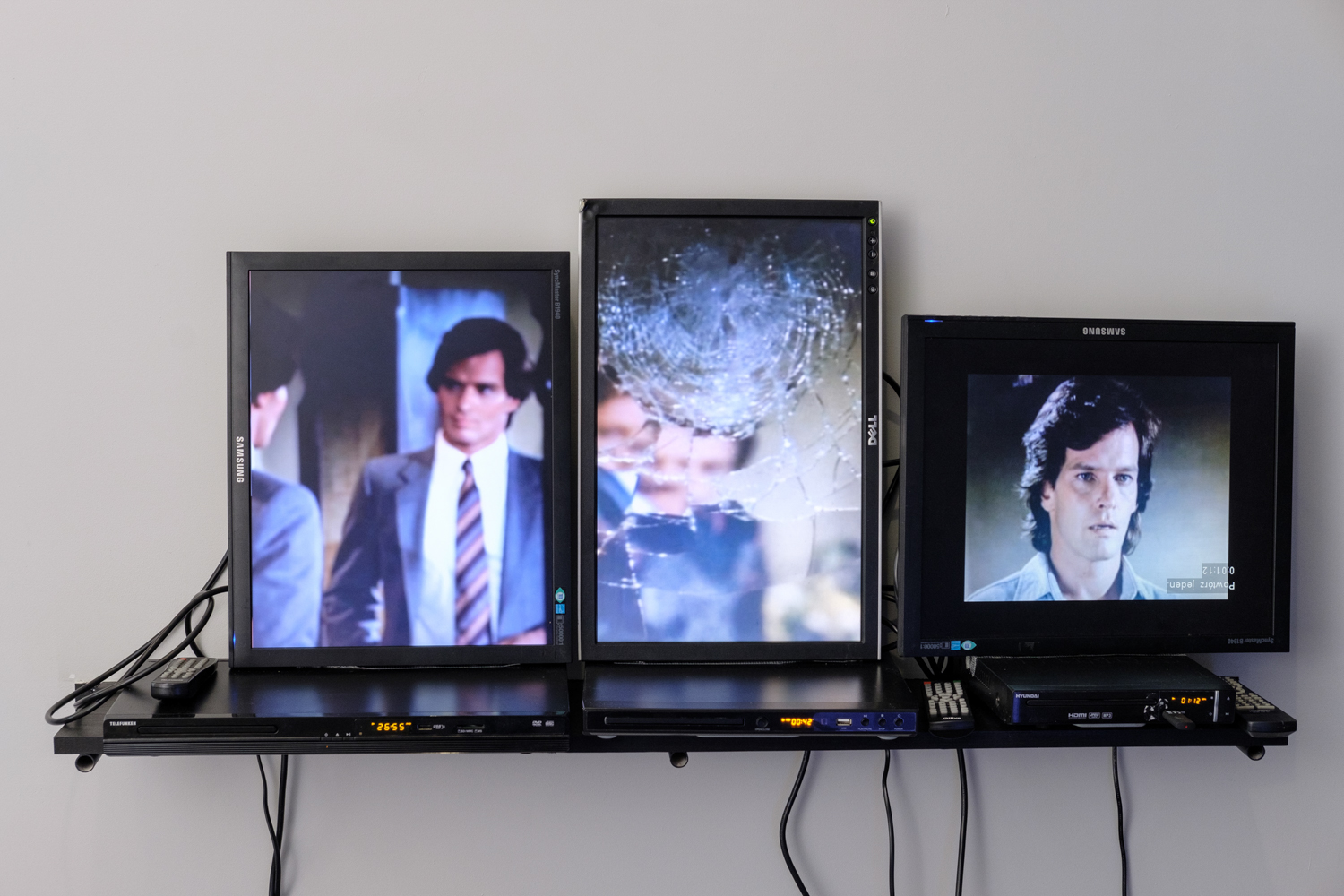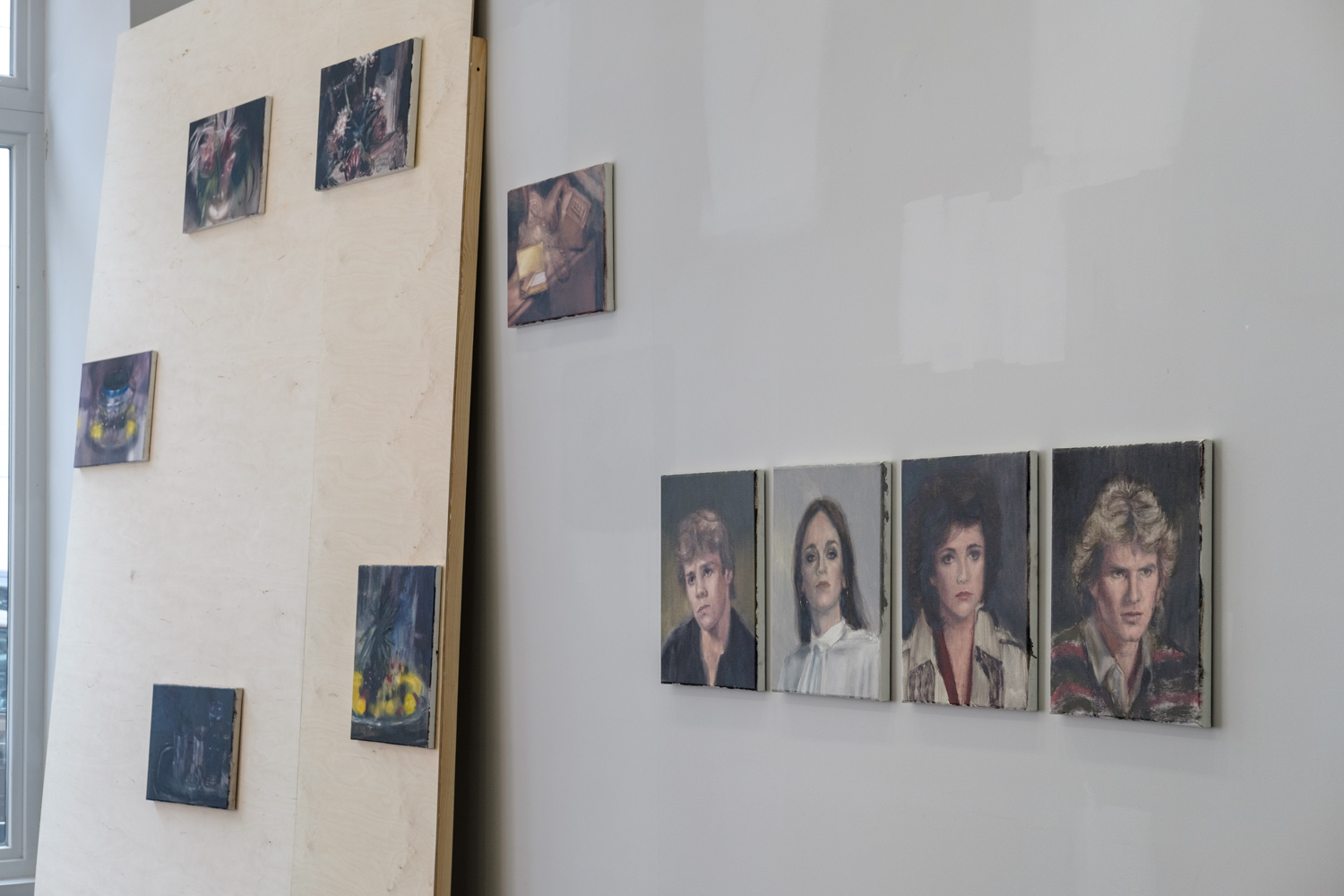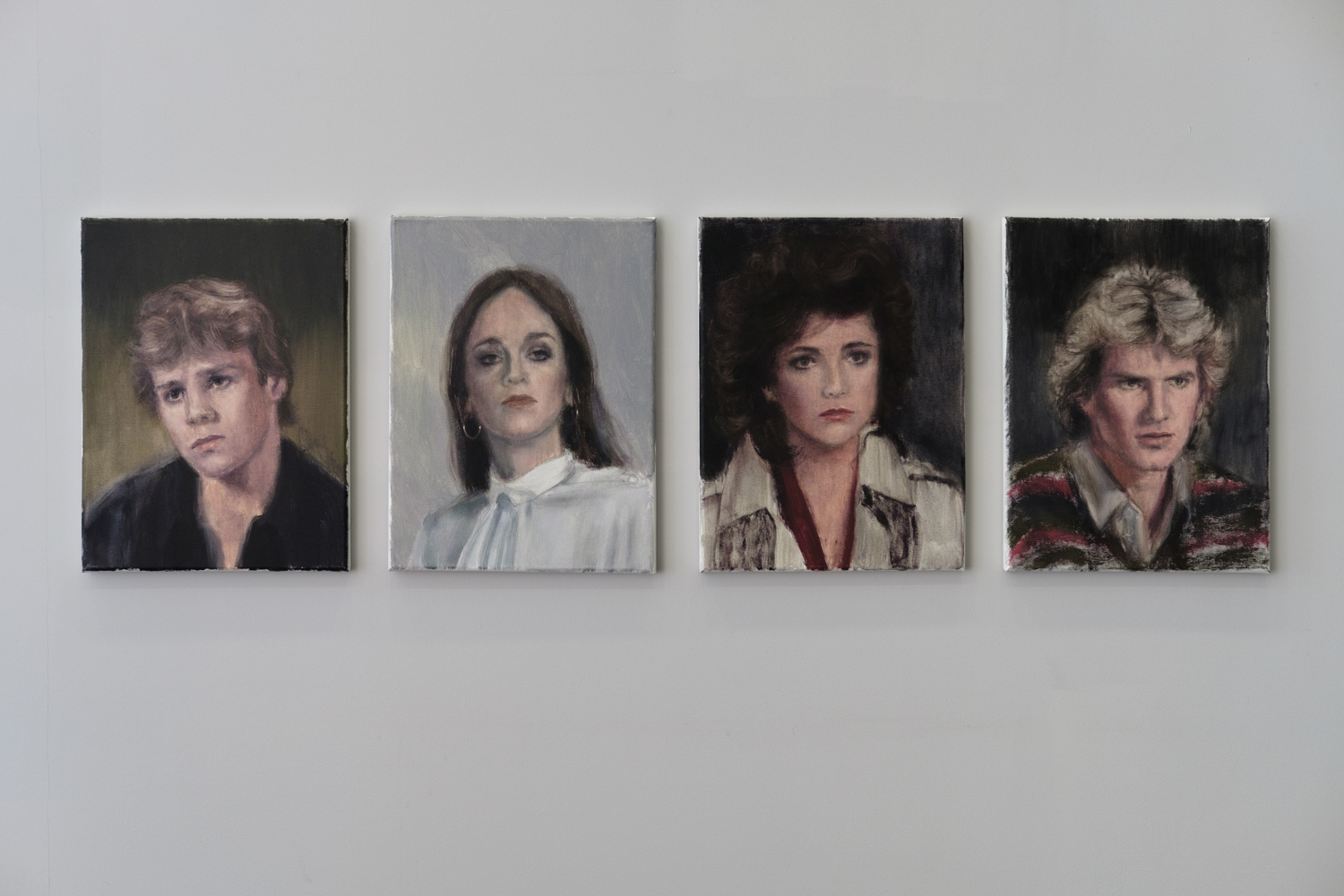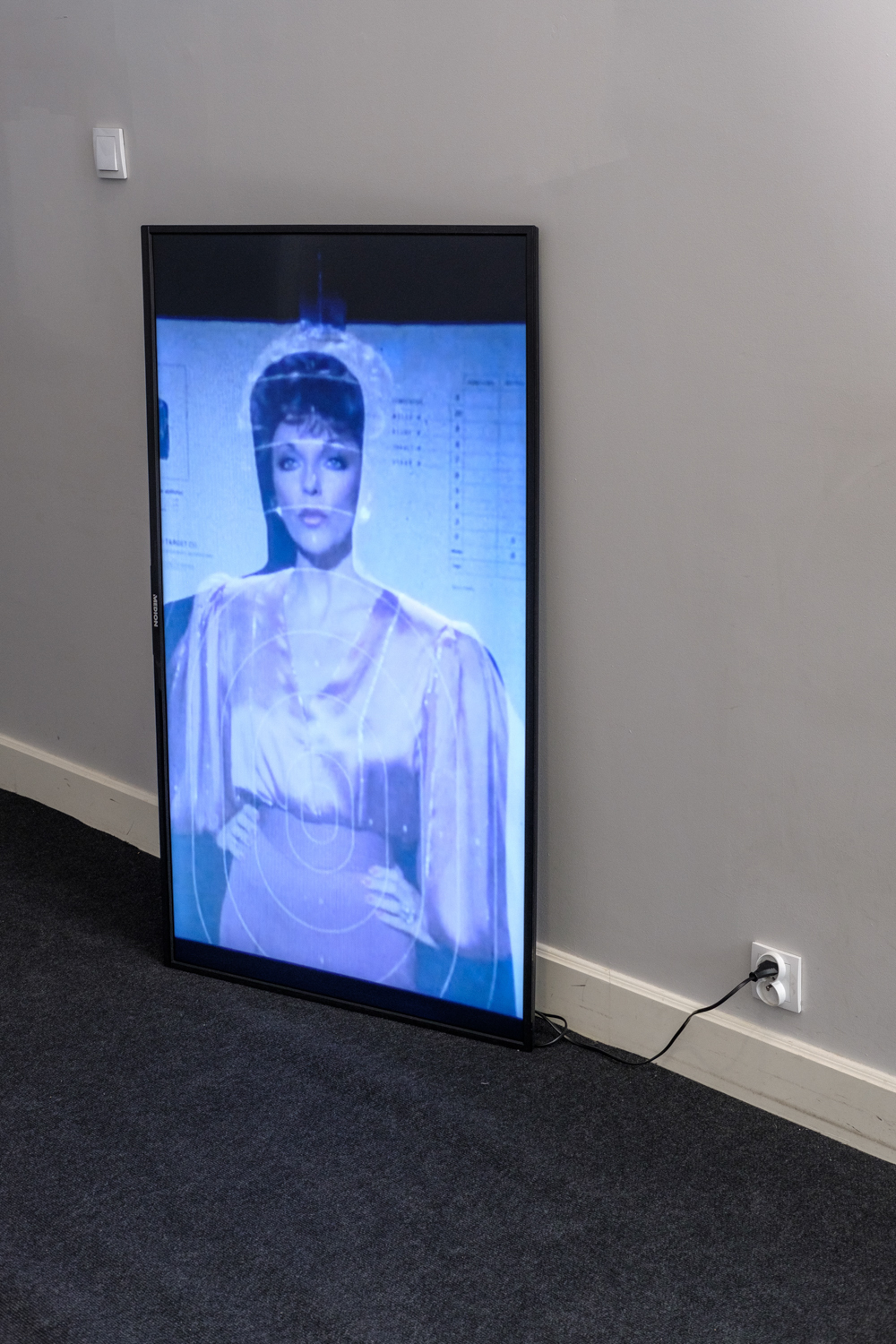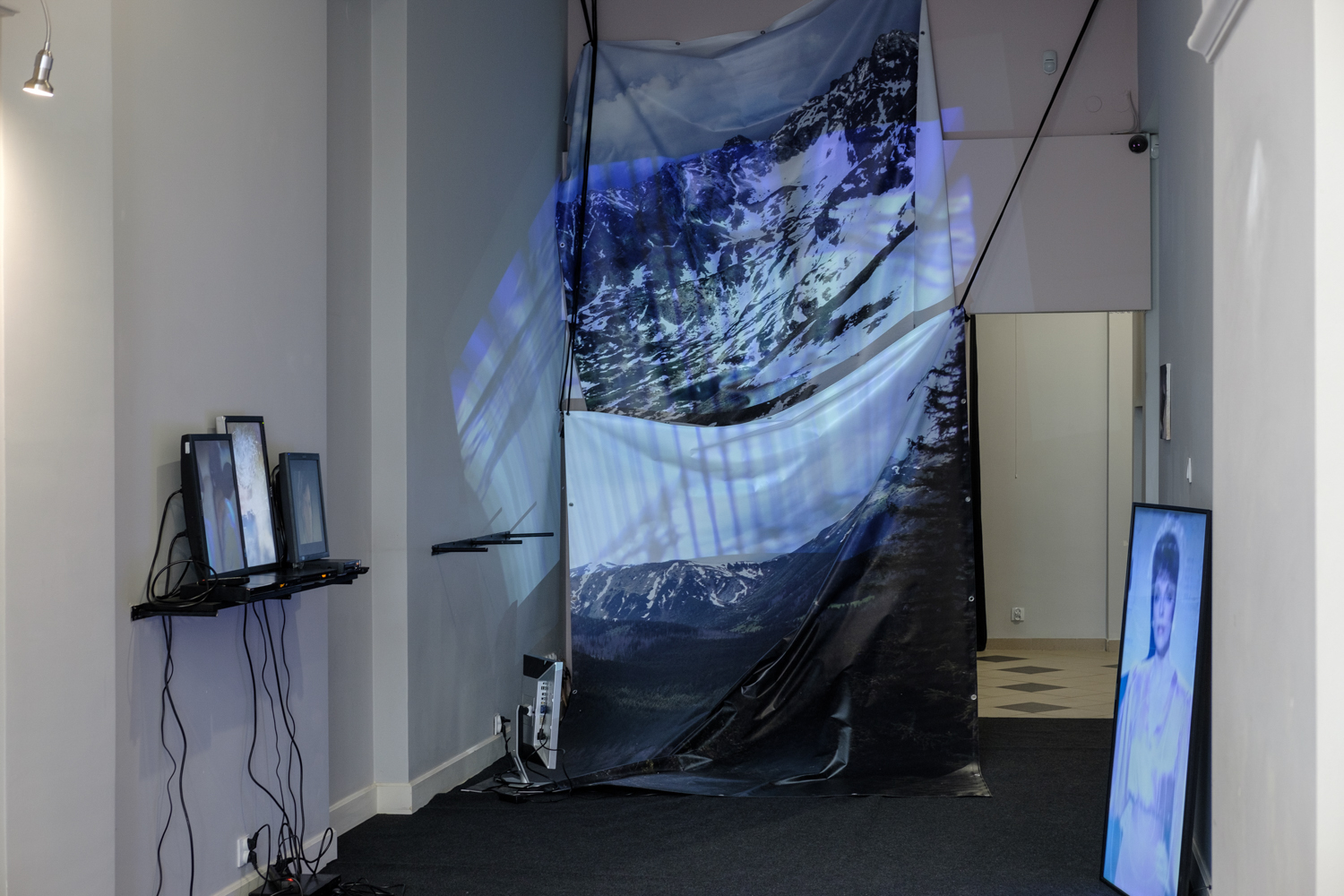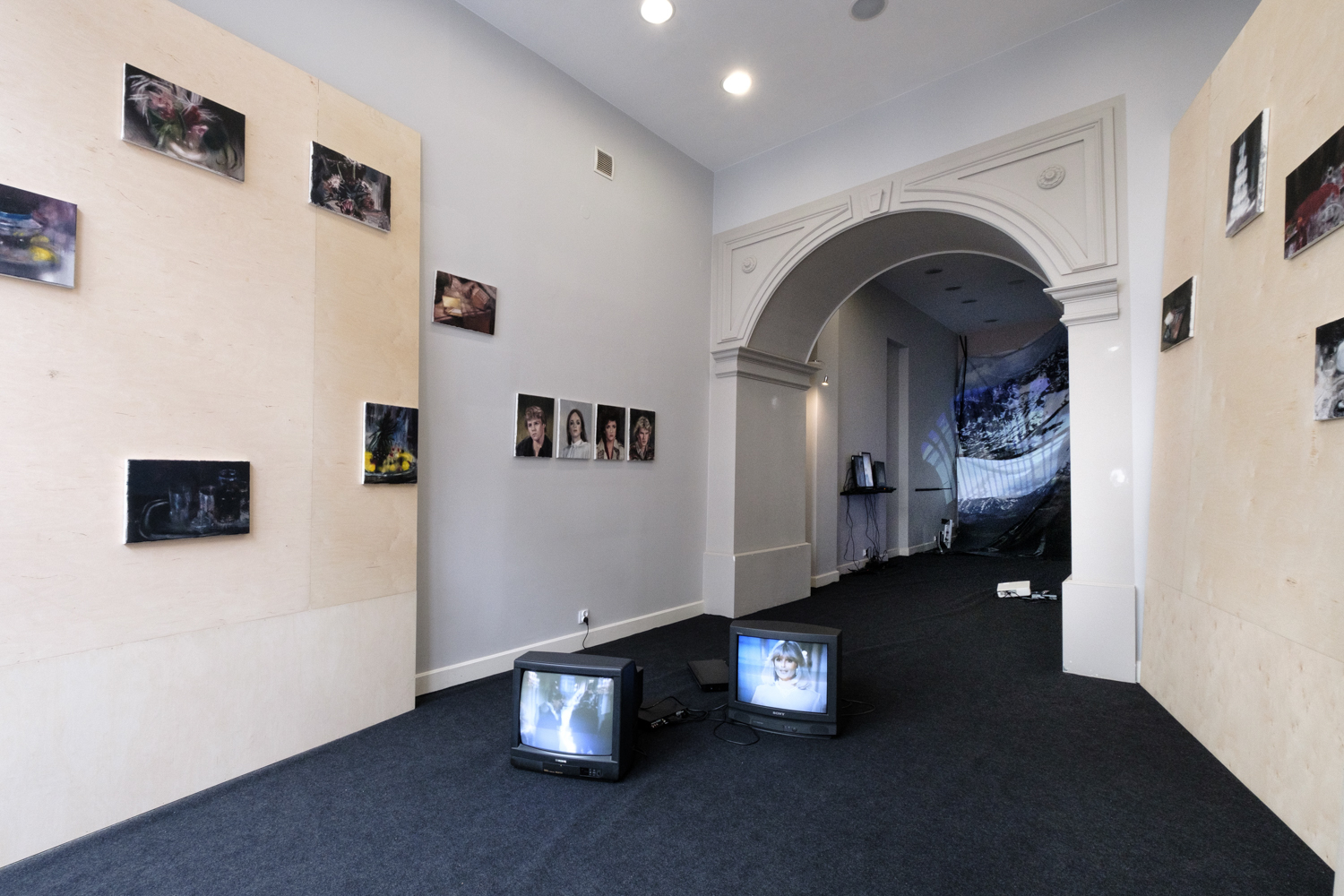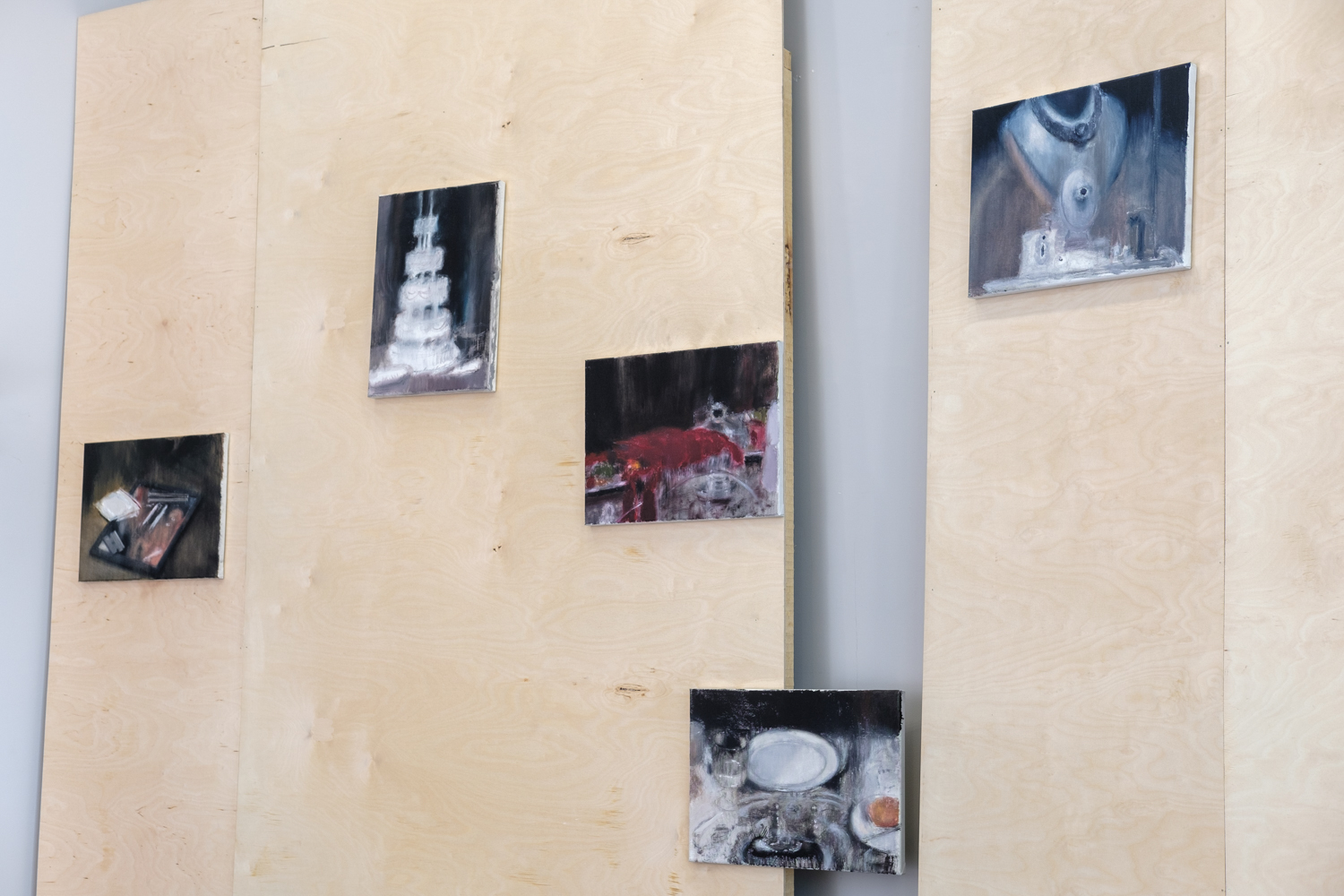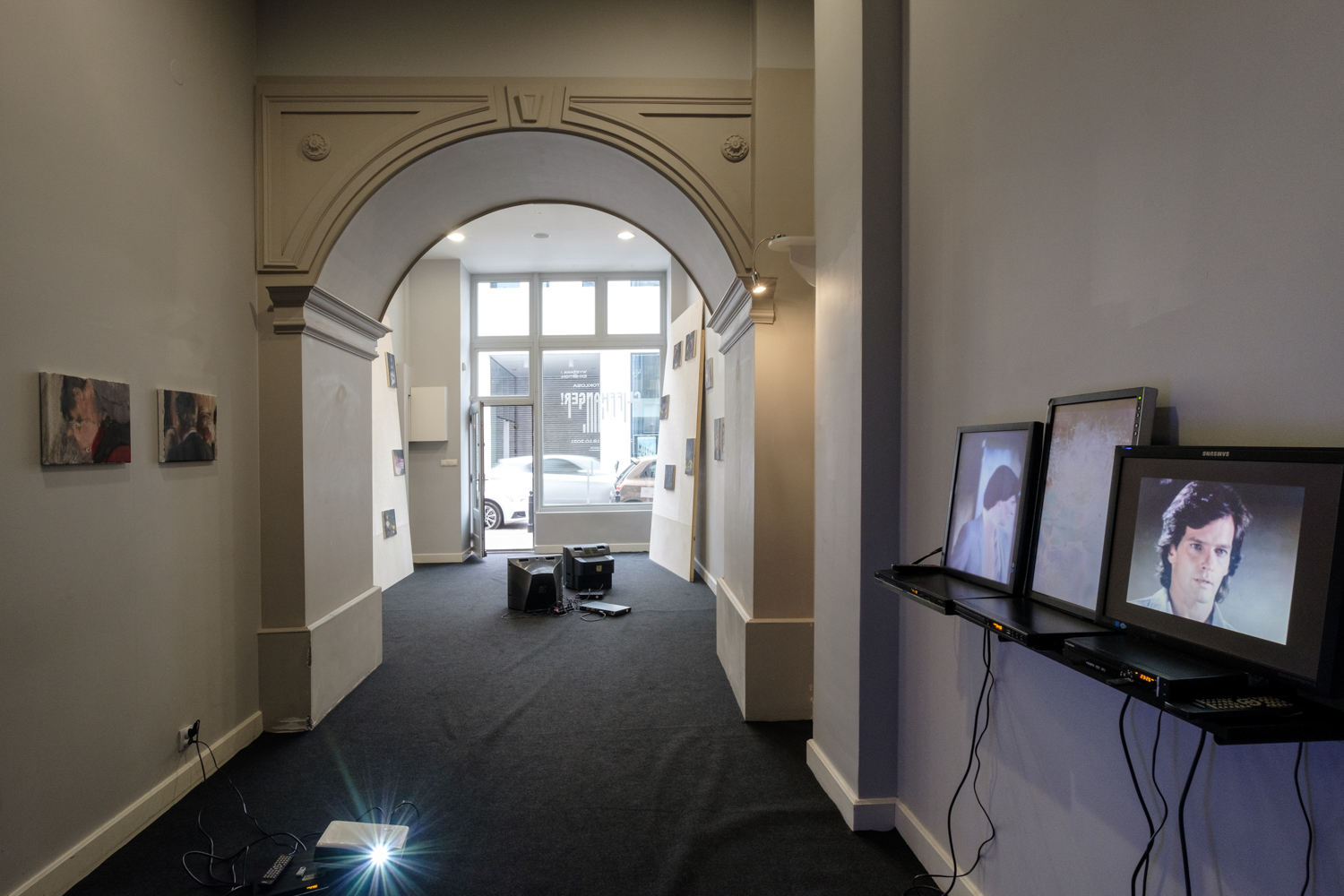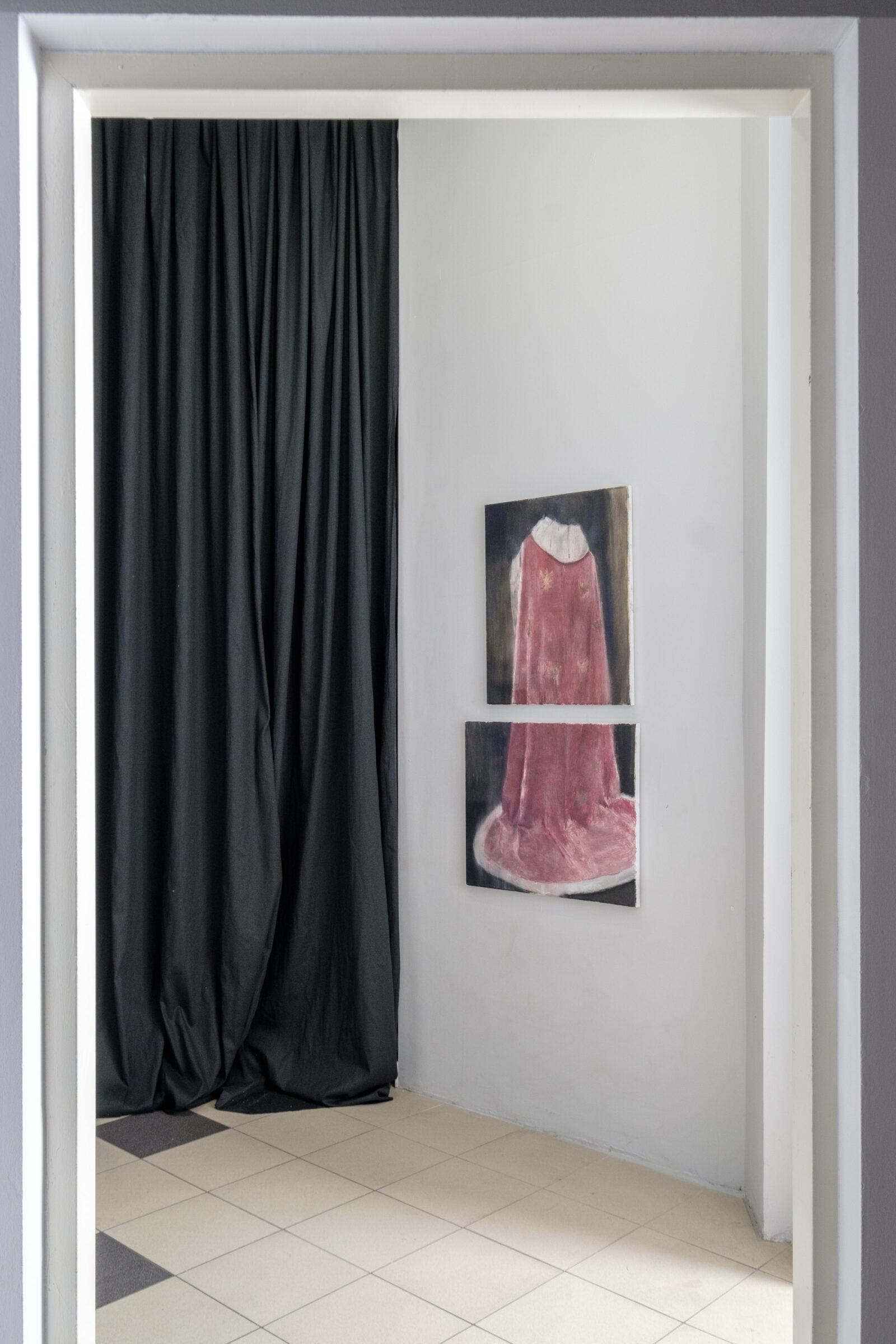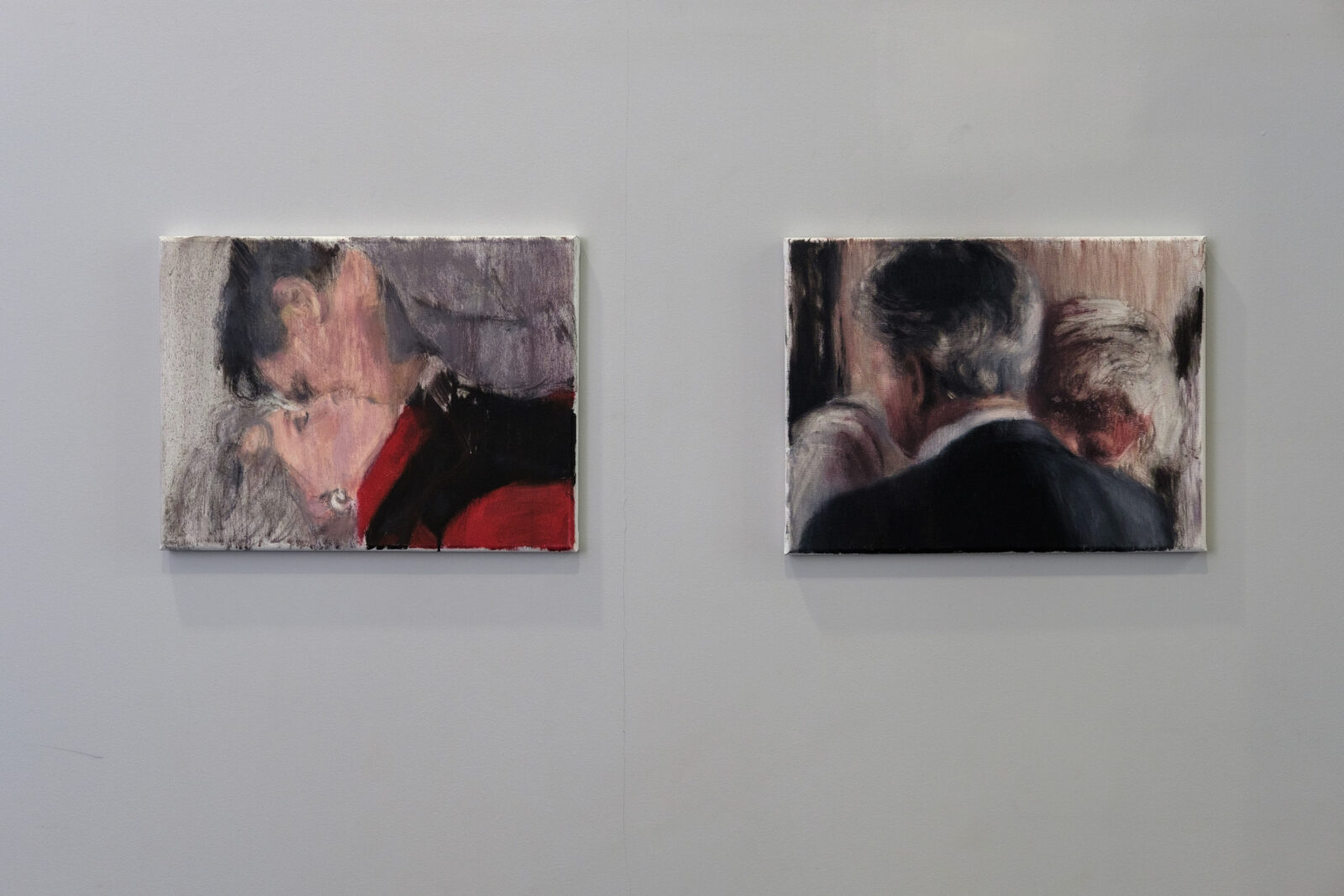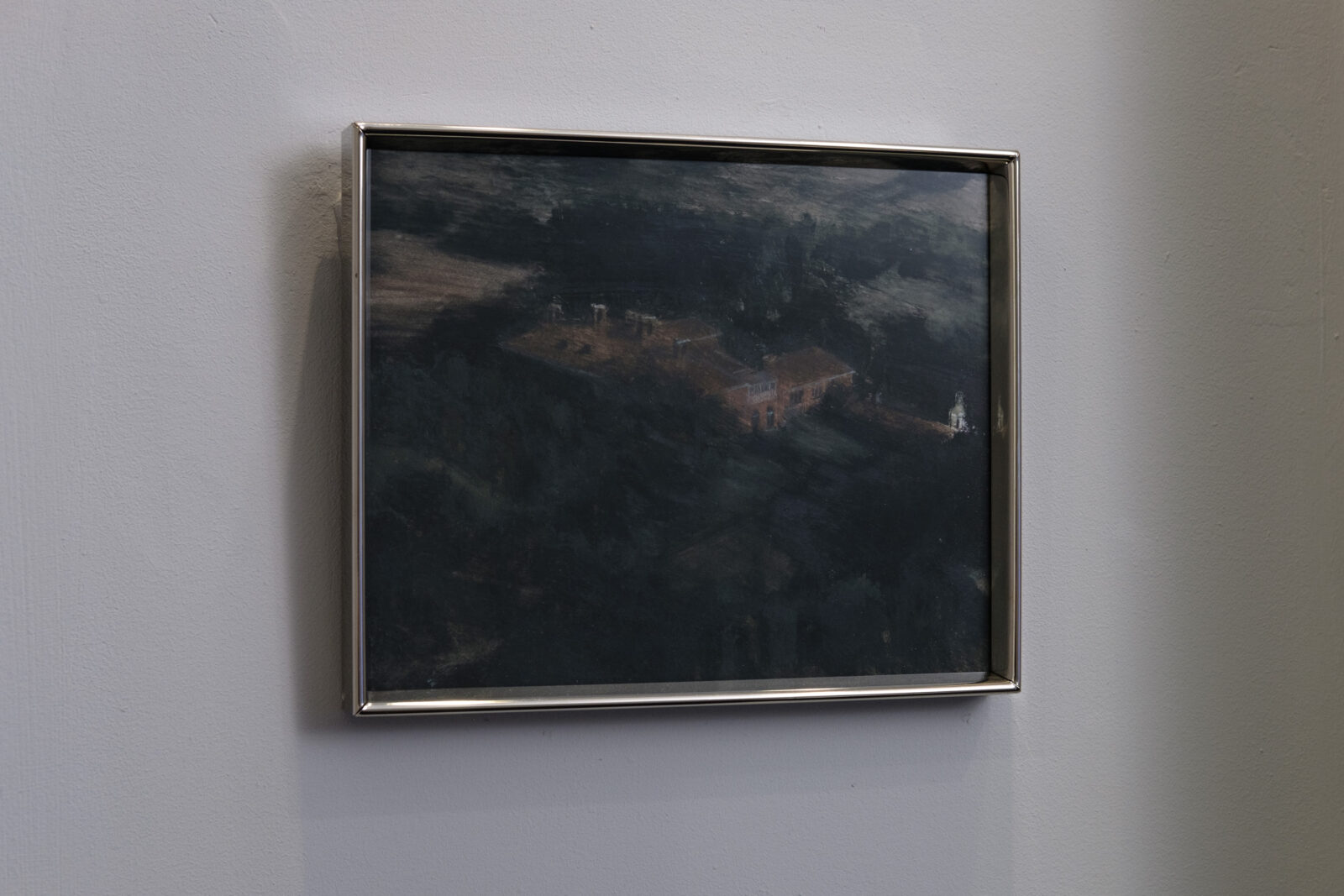W żargonie telewizyjnym, cliffhanger jest zabiegiem narracyjnym, polegającym na zakończeniu odcinka lub sezonu serialu w momencie najbardziej intensywnego spiętrzenia dramatycznych wątków. Serial zawisa wówczas nad metaforyczną przepaścią w celu wygenerowania u widzów koktajlu ciekawości i frustracji, który skłoni ich do oglądania dalej. Efektowne i kampowo dramatyczne zakończenia odcinków Dynastii, produkowanej w latach 80. w USA, były kluczowym czynnikiem pompującym jej popularność. Cliffhangery pełniły bowiem w serialu funkcję podobną do interpunkcji w zdaniu, dyrygując rytmem i tempem opowieści. W cliffhangerowych scenach bohaterowie często ocierają się o śmierć, spadając ze schodów i balkonów. Inni ulegają wypadkom podczas jazdy samochodem lub konno, w trakcie wściekłej ulewy z piorunami. Jeszcze inni zostają uwięzieni w budynku, podpalonym przez zamaskowanego mściciela, albo padają ofiarami ostrzału grupy terrorystycznej, która wdziera się do kościoła w trakcie rodzinnej uroczystości ślubnej. Osoby uznane za zmarłe znienacka wracają do żywych, wobec których żywią niecne zamiary, zaś każde przypadkowe spotkanie okazuje się, prędzej czy później, ukartowaną sytuacją z podwójnym, jeśli nie potrójnym, dnem.
Dynastia była fenomenem pop-kulturowym również w Polsce. Serial, emitowany w TVP w pierwszej połowie lat 90., czyli w czasach ultra-gwałtownej transformacji systemowej, epatował mirażem neoliberalnego bogactwa i sukcesu. Jego bohaterowie, zogniskowani wokół dwóch rodzin potentatów ropy – Carringtonów i Colbych – żyli w giga-przepychu: snując się po luksusowych wnętrzach, zażerali się kawiorem i latali prywatnymi samolotami, gdzie i kiedy tylko chcieli. Jednocześnie ich życia wypełnione były niekończącym się ciągiem intryg i kłopotów, które, tydzień w tydzień, zmuszały ich do odpierania wrogich sił, nastających na ich majątek i życie (zazwyczaj w tej kolejności). Multimedialna wystawa Łukasza Stokłosy jest nostalgiczno-widmowym powidokiem przepychu świata Dynastii. Część prac to instalacje wideo, zapętlające kilku-sekundowe wyimki z wybranych cliffhangerów, którym towarzyszy kakofonia silnie skompresowanych dźwięków, zsamplowanych z oryginalnej ścieżki dźwiękowej serialu. Gliczowa estetyka tych prac może odwoływać się do doświadczenia oglądania Dynastii na wypukłym ekranie kineskopowego telewizora, z jego charakterystyczną sino-niebieską poświatą i technologicznymi zakłóceniami. Podobnie eliptyczna strategia nawiązywania do wątków serialu obecna jest w większości obrazów, przedstawiających przedmioty, takie jak zastawa stołowa czy elementy dekoracji wnętrz, niekiedy ostre, niekiedy, jak w sennym wspomnieniu, rozmyte i rozlewające się jaskrawą plamą na ciemnym tle. Ich relacja z konkretnymi wydarzeniami Dynastii oraz ich chronologią jest zakamuflowana i niepewna, niemal wydestylowana z dramaturgicznego napięcia charakteryzującego cliffhangery. Kontrapunktem wobec nich jest kilka portretów, przypominających o kulisach powstawania serialu, którego twórcy uzasadniali wymiany aktorów i aktorek wymyślnie nieprawdopodobnymi rozwiązaniami fabularnymi. Wystawa Stokłosy zwraca się ku temu, co tu i teraz pozostaje po Dynastii, wraz z jej ekscytującym i przemocowym fabularnym niepokojem, który kolorował obrazy przepychu, pochodzące z epoki, w której obietnica błogiej kapitalistycznej przyszłości wciąż jeszcze traktowana była serio.




